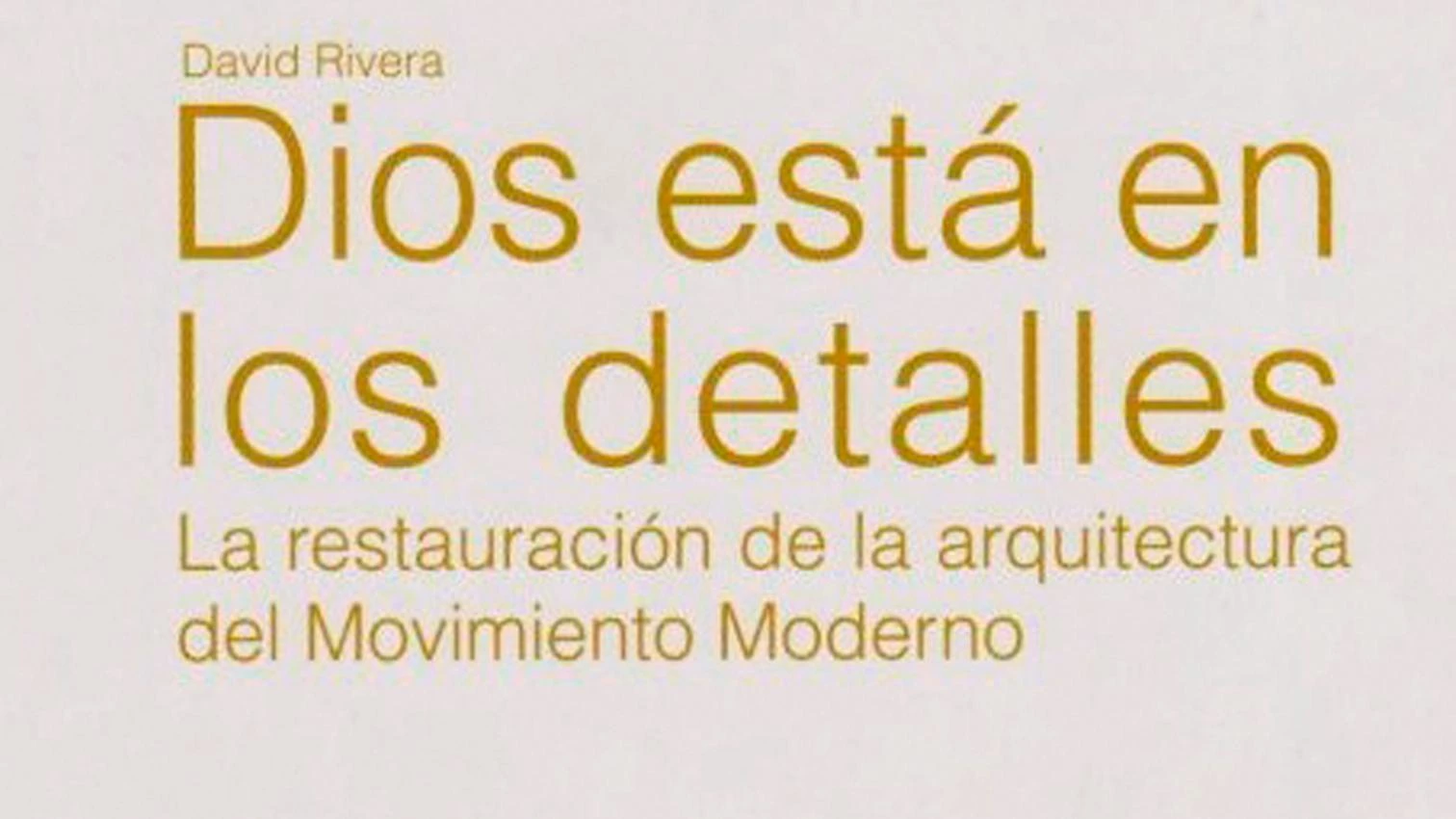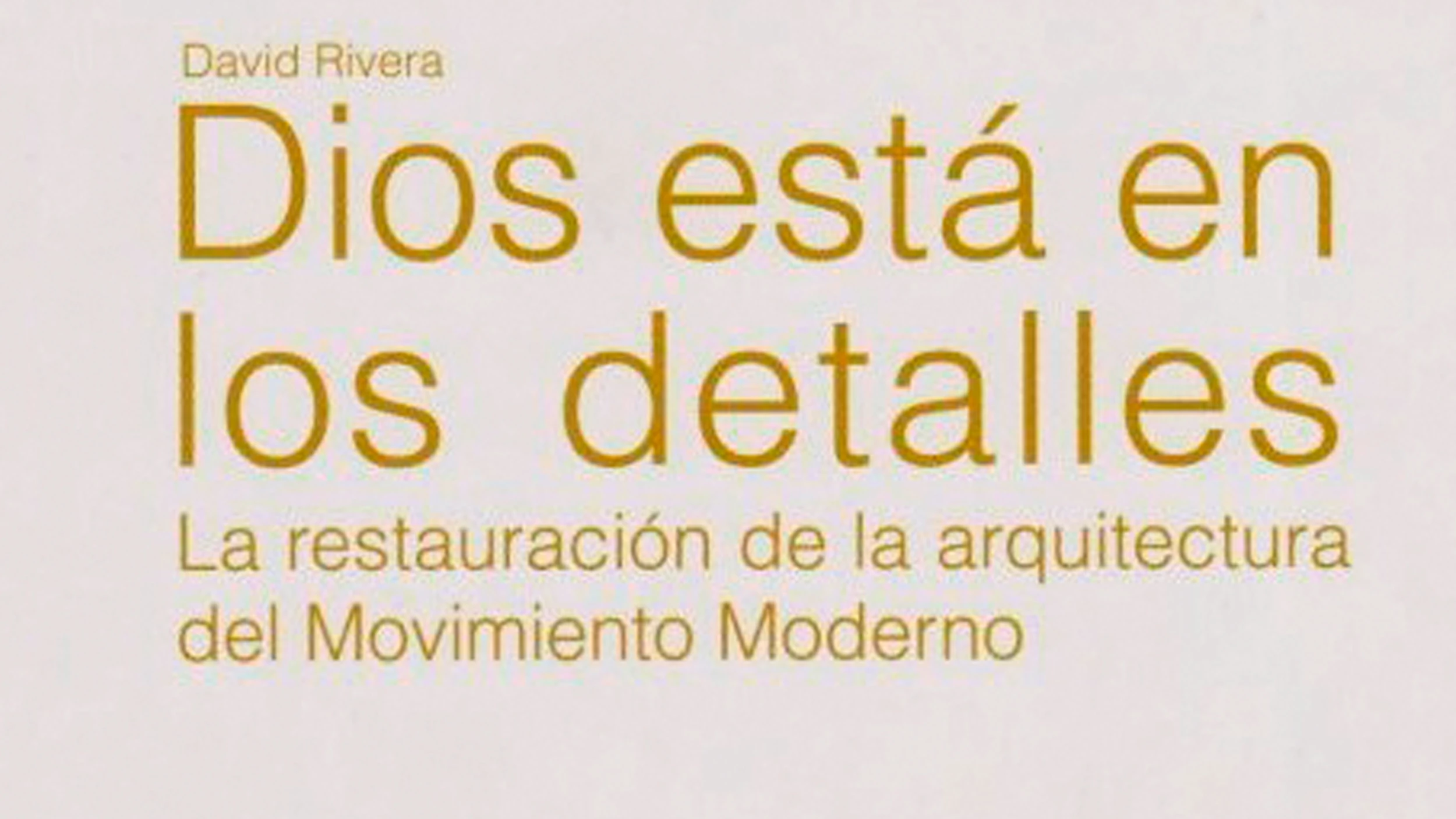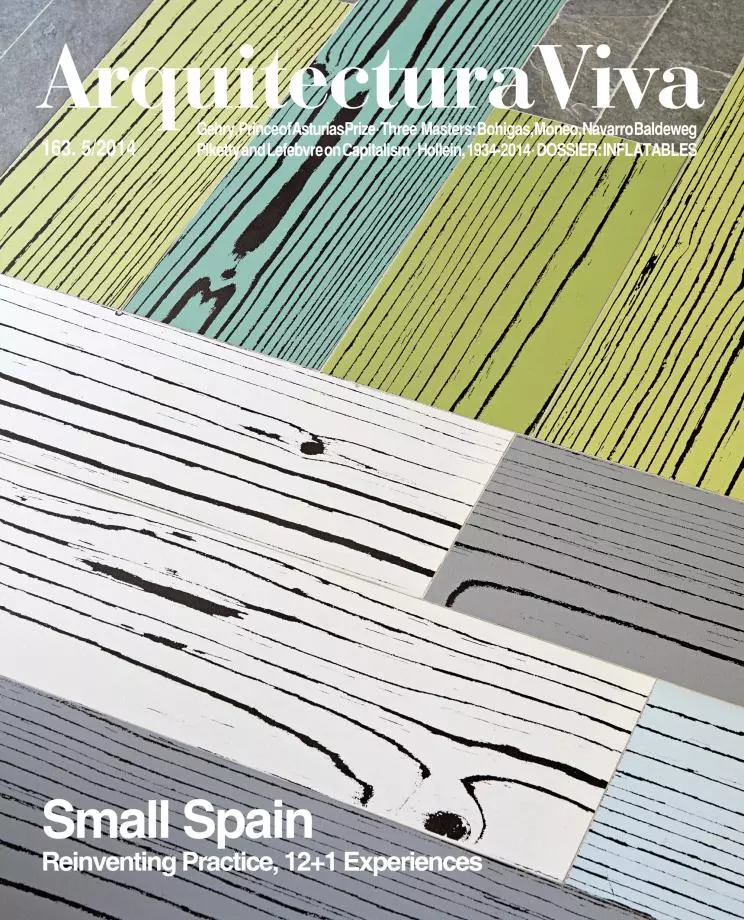
This book is based on the view of Modern Movement works as historical buildings having attributes that blend them with monuments of a previous past, and offers a synthetic, documented, critical assessment of the restorations to which these works have been subjected, venturing, in doing so, into the study of reconstructions of buildings as iconic as the Barcelona Pavilion (1929) and the Spanish Pavilion in Paris (1937).
Recurrent and relevant in the text is the reference to Aloïs Riegl’s The Modern Cult of Monuments (1903), which introduces an idea of architectural restoration based on awareness of the changeability of the concepts of monument and heritage in every period, and of the provisional nature of all theoretical positions.
The book’s first part reviews the major theoretical texts of the 1920s and 1930s, the historiography that emerges in parallel to provide genealogies and precedents – up to Giedion, in 1941, attempting to explain the impossible of a “new tradition” – and the opinions of some leading architects then. The second part is a critique of sixteen restoration cases, from the Bauhaus complex (1925) to the Atomium at the Brussels fair (1958). The third presents personal reflections on Modern Movement architecture as historical heritage, and specifies in eight points the values peculiar to it. Two appendixes, on the role of heritage-protecting institutions and on interventions in twenty-nine buildings, complete a heretofore never studied general panorama.







